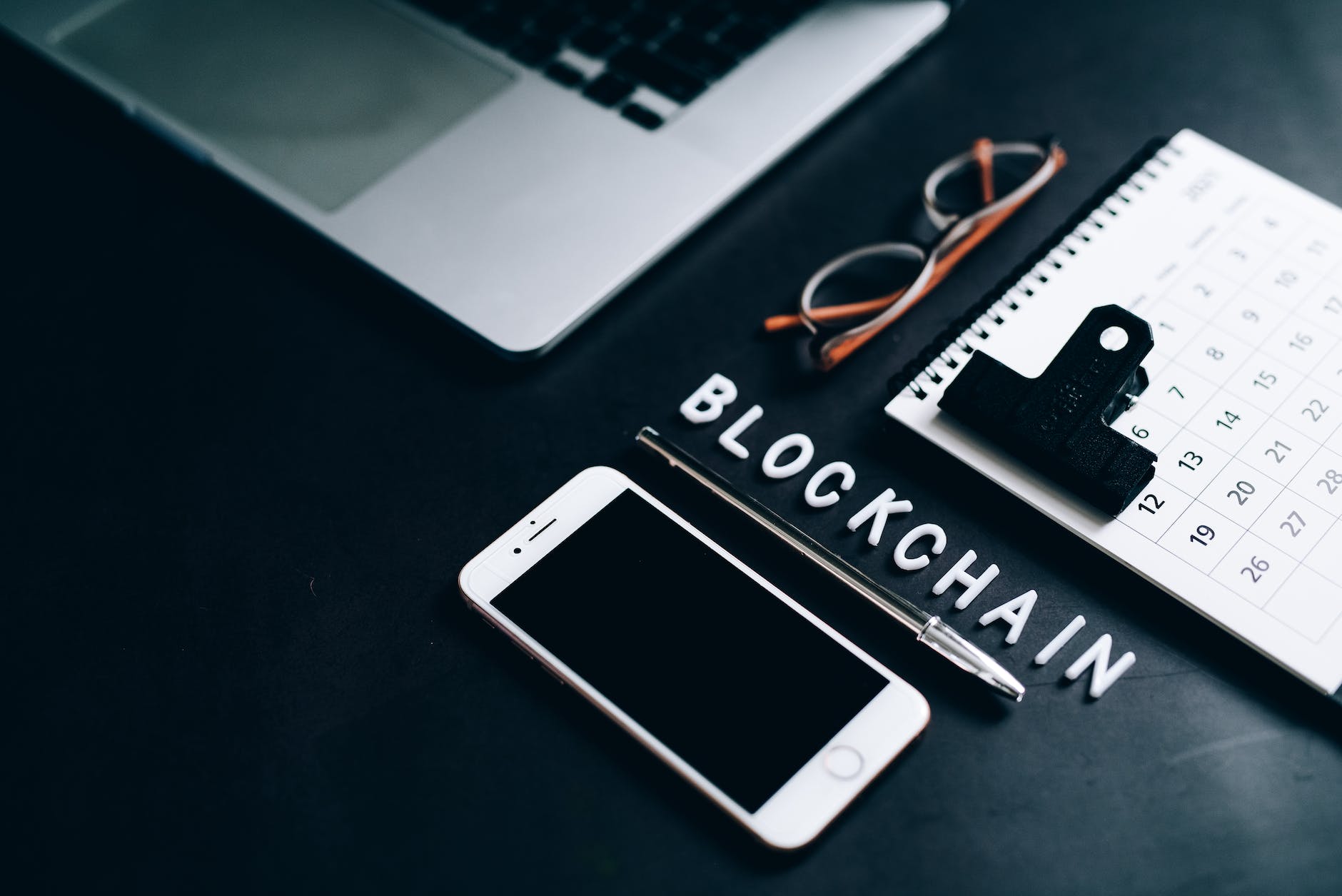Education
Behind the Scenes: How Blockchain Transactions are Checked and Verified
Published
6 months agoon
By
techonpc
Blockchain
In the digital age, where information travels at the speed of light and security threats are ever-evolving, blockchain technology has emerged as a revolutionary force. Originally conceptualized as the underlying technology for cryptocurrencies like Bitcoin, blockchain has transcended its roots to impact a multitude of industries. At its core, blockchain is a decentralized ledger that records transactions in a secure and transparent manner. What sets it apart is the robust process of transaction verification, which forms the backbone of this technology.
This article delves into the fascinating realm of blockchain transaction check, shedding light on its significance and unraveling the intricate mechanisms that make it work seamlessly.
Brief overview of blockchain technology
Before diving into transaction verification, let’s take a moment to understand the fundamental principles of blockchain technology. A blockchain is essentially a distributed and immutable ledger that consists of a chain of blocks, each containing a set of transactions. These transactions can represent various types of data, ranging from cryptocurrency transfers to ownership records, supply chain information, and even voting records.
Blockchain operates on a decentralized network of nodes, where each participant (node) maintains a copy of the entire blockchain. Transactions are grouped into blocks and added to the chain through a process known as consensus, where nodes collectively validate the authenticity and validity of these transactions.
Importance of transaction verification in blockchain
Transaction verification is the linchpin of blockchain technology. It ensures the integrity, security, and trustworthiness of the information recorded on the blockchain. Here’s why it’s so crucial:
Security: Blockchain uses cryptographic techniques to secure transactions, making it extremely difficult for malicious actors to alter the data once it’s recorded. Verification ensures that only valid transactions are added to the ledger.
Immutability: Once a transaction is verified and added to the blockchain, it becomes part of an unchangeable history. This immutability is a critical feature, especially in applications like legal contracts or property deeds.
Trust: In a decentralized system, trust is established through verification. Participants rely on the consensus mechanism and the verification process to ensure that the data on the blockchain is accurate and hasn’t been tampered with.
Transparency: Blockchain’s transparent nature means that anyone can view the ledger. Verification ensures that all participants can trust the information they see, fostering transparency and accountability.
Efficiency: By automating the verification process through smart contracts or consensus algorithms, blockchain reduces the need for intermediaries, resulting in faster and cost-effective transactions.
Understanding Blockchain Transactions
Blockchain transactions are the foundational building blocks of blockchain technology, responsible for recording and transferring digital assets and data in a secure and transparent manner. In this section, we will explore the definition of blockchain transactions and break down the key components of a typical blockchain transaction. Additionally, we will examine how these transactions are added to a block within the blockchain.
Definition of blockchain transactions
A blockchain transaction is a digital record of a data exchange or the transfer of digital assets between two or more parties within a blockchain network. These transactions can represent a wide range of activities, from the transfer of cryptocurrency tokens like Bitcoin or Ether to the recording of ownership changes, supply chain data, and more. What sets blockchain transactions apart is their immutability, transparency, and decentralization.
Components of a blockchain transaction
Let’s dissect the essential components of a standard blockchain transaction:
Transaction ID: Each transaction is assigned a unique identification number known as a Transaction ID or TXID. This identifier is used to track and reference the transaction within the blockchain. It ensures that each transaction is distinct and can be easily located in the blockchain’s history.
Sender and Recipient Addresses: Blockchain transactions involve two primary parties—the sender and the recipient. The sender’s address represents the entity initiating the transaction, while the recipient’s address identifies the entity receiving the digital assets or data. These addresses are cryptographic representations of the participants’ digital wallets, providing a level of anonymity while maintaining transparency.
Transaction Amount: This component specifies the quantity or value of the digital assets being transferred in the transaction. In cryptocurrency transactions, it typically indicates the amount of the cryptocurrency being sent from the sender to the recipient. For other types of blockchain transactions, such as recording ownership changes, this field may contain different data relevant to the specific use case.
Timestamp: The timestamp indicates when the transaction occurred. It helps order transactions within the blockchain, ensuring that they are processed in a chronological order. This chronological record of transactions is essential for maintaining the integrity of the blockchain ledger.
C. How blockchain transactions are added to a block
Blockchain transactions are not added individually but are grouped together into blocks. Here’s how this process typically works:
Transaction Pool: When a participant initiates a blockchain transaction, it is initially placed in a transaction pool. This pool contains pending transactions waiting to be added to the blockchain.
Mining or Consensus: In blockchain networks that use a proof-of-work (PoW) or proof-of-stake (PoS) consensus mechanism, miners or validators compete to solve complex mathematical puzzles or stake their assets to propose new blocks. These new blocks contain a selection of transactions from the transaction pool.
Verification: Before a block is added to the blockchain, the transactions within it must be verified. Verification ensures that the transactions are valid, the sender has the necessary funds, and the digital signatures are correct.
Adding to the Blockchain: Once a block is verified, it is added to the blockchain. This process involves hashing the block’s data and linking it to the previous block, creating a continuous chain of blocks. The transactions within the block are now considered confirmed and are part of the immutable blockchain ledger.
Blockchain transactions, with their transparency, security, and decentralized nature, have the potential to revolutionize various industries beyond cryptocurrencies. Understanding the components and the process of adding transactions to the blockchain is essential for grasping the inner workings of this transformative technology.
Follow Me

Unleashing the Power of the Office Accelerator: Maximizing Productivity and Efficiency in the Workplace with Office 365 Accelerator

Unlocking the Hidden Potential of Your Website: Strategies for Growth

From AI to VR: How Cutting-Edge Tech Is Reshaping Personal Injury Law in Chicago
Trending

 Microsoft4 years ago
Microsoft4 years agoMicrosoft Office 2016 Torrent With Product Keys (Free Download)

 Torrent4 years ago
Torrent4 years agoLes 15 Meilleurs Sites De Téléchargement Direct De Films 2020

 Money4 years ago
Money4 years ago25 Ways To Make Money Online

 Torrent4 years ago
Torrent4 years agoFL Studio 12 Crack Télécharger la version complète fissurée 2020

 Education3 years ago
Education3 years agoSignificado Dos Emojis Usado no WhatsApp

 Technology4 years ago
Technology4 years agoAvantages d’acheter FL Studio 12

 Technology4 years ago
Technology4 years agoDESKRIPSI DAN MANFAAT KURSUS PELATIHAN COREL DRAW

 Education3 years ago
Education3 years agoBest Steph Curry NBA 2K21 Build – How To Make Attribute, Badges and Animation On Steph Curry Build 2K21

You must be logged in to post a comment Login